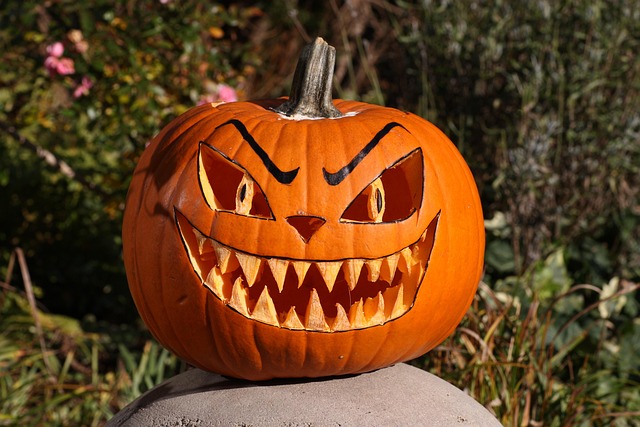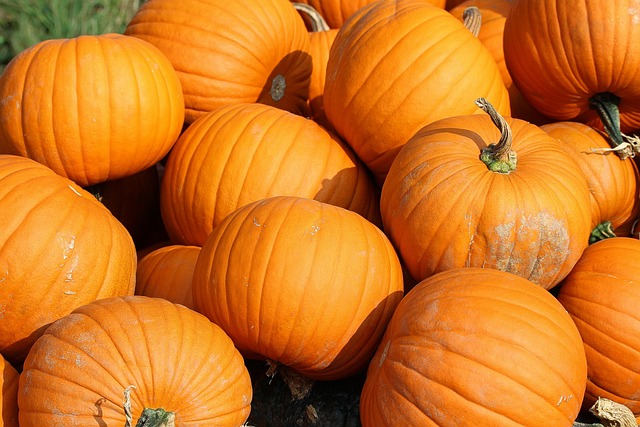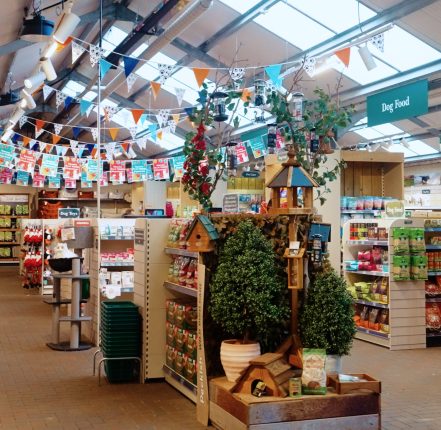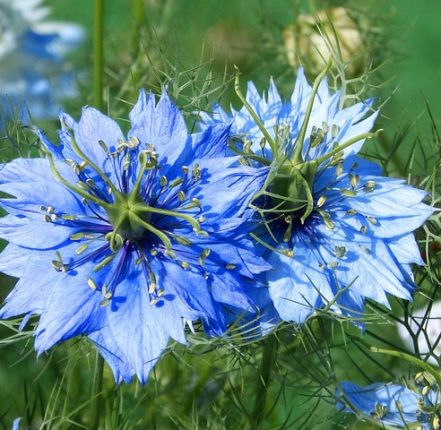It’s the quintessential symbol of autumn and, of course, Halloween. But these festive gourds are so much more than just a spooky lantern; they’re a rewarding, magnificent plant to grow in your British garden.
🌱 Sowing the Seeds of Success: When and How to Grow
Pumpkins are sun-loving, hungry plants that need a long growing season to reach their full, glorious potential.
When to Sow
In the UK, the best time to sow pumpkin seeds is usually:
- Indoors: Mid to late April is ideal. Start them off indoors to protect the seedlings from late frosts and give them a head start.
- Outdoors: If you’re sowing directly into the ground, wait until late May or early June once all risk of frost has passed and the soil has warmed up.
How to Grow
- Start Indoors (Recommended): Sow seeds on their side, about 1-2 cm deep, in small pots (like 7cm/3in pots) filled with seed compost. Keep them on a warm windowsill or in a heated propagator. They should germinate within a week.
- Harden Off: When the seedlings have a few true leaves, usually around late May, you must “harden them off.” This means gradually introducing them to the outdoor climate over 7 to 10 days before planting out permanently.
- Planting Out: Choose a sunny, sheltered spot. Pumpkins are heavy feeders, so dig a large hole and enrich the soil heavily with plenty of well-rotted manure or garden compost.
- Plant the young plants a generous 1.5 to 2 metres apart, as they are vigorous spreaders.
- Care and Feeding: Water regularly and heavily, especially during dry spells. Once flowers and fruits appear, feed them every two weeks with a high-potash liquid feed (like tomato feed) to encourage huge, healthy fruit.
Top Tip: Try planting your pumpkins on a compost heap! The rich, constantly decomposing matter is the perfect warm, nutrient-rich environment for them to thrive.
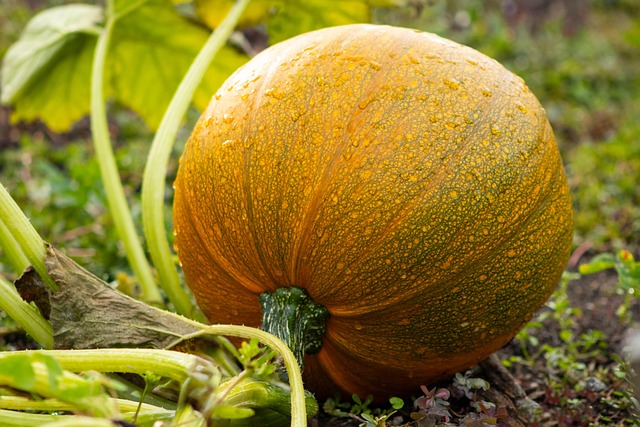
When to Harvest
- The stem connecting the fruit to the vine should be hard and starting to look woody.
- The skin should be deeply coloured and hard to pierce with a fingernail (if it’s easy to pierce, it’s not ready).
- A good test is to give it a gentle tap—it should sound hollow.
Harvesting and Curing
Use a sharp knife or secateurs to cut the pumpkin from the vine, leaving a long stalk (peduncle) attached to the fruit (at least 5-10 cm). This stalk is vital as it prevents bacteria from entering the pumpkin, which can cause rot.
After harvesting, place your pumpkins in a dry, sunny spot for about 10 days—this process is called curing. Curing hardens the skin, extending its storage life significantly, making it perfect for lasting right up to Halloween!
What to Do with Your Bounty
- The Classic Carving: Of course, the main event is the jack-o’-lantern. Scoop out the insides and use a sharp knife to etch your spooky design. Remember to place a safe LED candle inside for a glowing display on your doorstep.
- Culinary Delights: Don’t waste the flesh! Pumpkins are incredibly versatile in the kitchen.
- Roast the flesh with a little olive oil, salt, and pepper until soft, then blend it into a rich soup.
- Mash or purée it for classic autumn baking: pumpkin pie or a moist pumpkin loaf.
- Clean the seeds, toss them in a little oil and salt, and roast them for a crunchy, healthy snack.
Happy growing, and have a frightfully good harvest! 🎃
